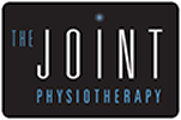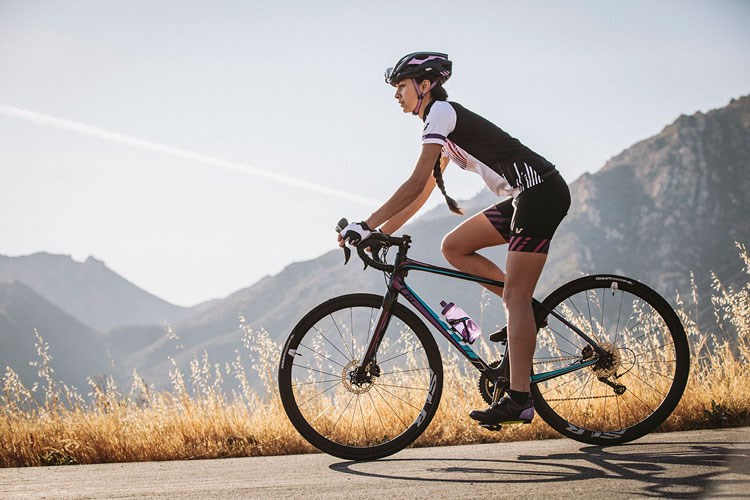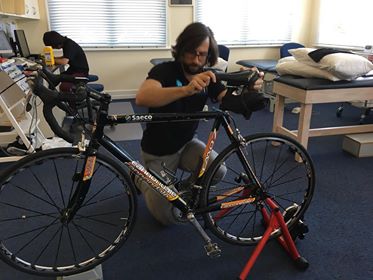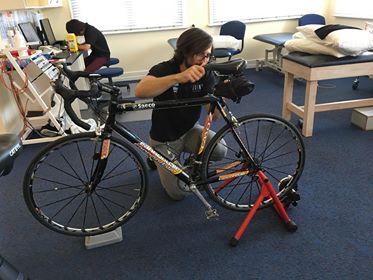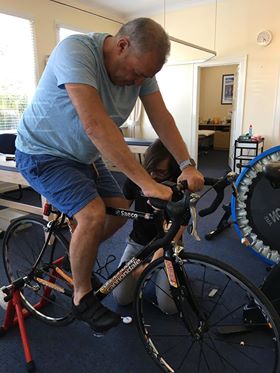Cycling is a great way to keep active, enjoy the outdoors and has plenty of health benefits. The likelihood of cycling-related injuries can be reduced with a properly fit bike and balanced body.
Written by Nathan Laios, Physiotherapist at The Joint Physio
Whether it’s commuting to work, enjoying the outdoors, exercising or racing, cycling remains a staple activity enjoyed by all ages. Whilst it is commonly considered “low impact” and gentler on our joints, incorrect bike set-up can surprisingly lead to a variety of injuries.
Common Cycling-related Injuries:
Knee pain – Patellofemoral (kneecap), ITB, hamstring or quads tendon problems
Low back pain – Muscle overload, disc or joint irritation
Neck pain
Saddle numbness – Compression of the nerves and blood vessels supplying the saddle and genital region
Hand numbness – Carpal tunnel or ulnar nerve compression
Achilles tendon pain
Factors Affecting Bike Fit:
Frame size – bike frames come in different sizes according to height. No bike fit can fix a bike that is fundamentally too small or too large for you.
Seat height – This is the easiest and often most important factor affecting bike fit. Too low a seat will place undue stress on knee and hip joints. Conversely, too high a seat with increase lower back strain, cause rocking of the pelvis that can place strain on pelvic muscles and cause saddle numbness. Similarly, an excessively high seat will lead to increased weight bearing through the hands and possible hand numbness.
Saddle position – saddles can be adjusted or slid forward or back to facilitate correct fit. A saddle too far forward will overload the knee whereas one too far back will upset the lower back. Saddles are most commonly set parallel to the ground but can also be tilted downward slightly for comfort.
Handle bar position – correct handle bar height and distance from the frame is also crucial for comfort. Handle bars that sit to low and/or far forward will require the rider to lean more from the torso, thus increasing load on the back and neck.
Cleat position – if you are someone who uses cleats (clip-ins), overlook this at your peril. Where you set the cleats on your shoes will affect where you will transmit load. Cleats can be set forward or back as well as rotated to achieve optimal comfort and power output.
If you are feeling uncomfortable on your bike or want to increase your cycling volume and performance, give us a call at The Joint Physio on (03) 9528 2233. We can assess you on your bike in the clinic using a “wind-trainer” to make the necessary adjustments needed.
Above: Nathan performing a cycling fit assessment to optimise body mechanics and riding posture
Book an Appointment Online
